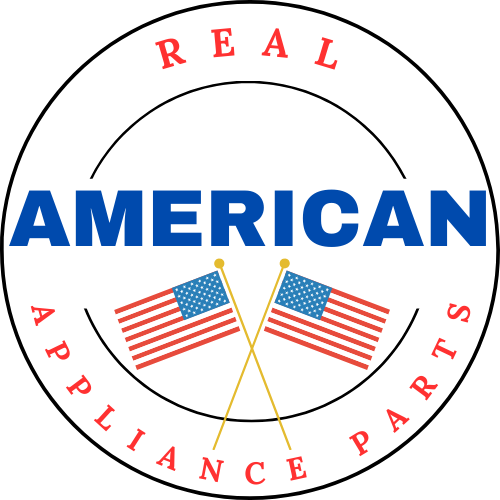Preparing Appliances for Increased Seasonal Usage: A Guide for Repair Technicians
As seasonal demands shift, many households rely more heavily on their appliances. From holiday gatherings requiring frequent oven and microwave use to summer heat placing a strain on air conditioners, appliance repair professionals must help customers prepare their appliances for increased usage. Proactive maintenance and preparation can prevent breakdowns, improve efficiency, and extend the lifespan of household appliances.
Preparing Cooking Appliances for Heavy Use
Ovens and Stoves
-
Deep Clean the Interior and Burners
- Remove grease buildup to prevent smoke and fire hazards.
- Check and clean burner elements or gas igniters for optimal performance.
-
Inspect Door Seals and Hinges
- A worn-out door seal can lead to heat loss, increasing energy consumption.
- Ensure the oven door closes properly for consistent cooking results.
-
Test Temperature Accuracy
- Use an oven thermometer to confirm proper calibration.
- If discrepancies exist, recalibrate the thermostat or recommend professional servicing.
Microwaves
-
Clean the Interior and Ventilation System
- Built-up food particles can cause uneven heating and odors.
- Ensure vents are free of dust to prevent overheating.
-
Check the Door Seal and Latch Mechanism
- Ensure a secure closure to maintain efficiency and safety.
-
Test Heating Performance
- Use a cup of water to verify consistent heating.
Getting Laundry Appliances Ready for Increased Loads
Washing Machines
-
Inspect Hoses and Connections
- Look for cracks or leaks in water supply hoses.
- Ensure connections are secure to prevent water damage.
-
Clean the Drum and Dispensers
- Residue buildup can affect washing performance.
- Use a washing machine cleaner to remove mold and mildew.
-
Check for Proper Balancing
- Uneven loads can strain the motor and drum.
- Adjust feet for stability and smooth operation.
Dryers
-
Clean the Lint Trap and Vent System
- Lint buildup is a leading cause of dryer inefficiency and fire risk.
- Ensure vents are clear of blockages to allow proper airflow.
-
Inspect the Drum Belt and Rollers
- Worn-out belts can lead to reduced drum movement.
- Check for squeaking or unusual noises indicating worn rollers.
-
Test Heat Output and Sensor Function
- Ensure the dryer reaches proper drying temperatures.
- Clean moisture sensors for accurate drying cycles.
Getting Air Conditioners Ready for Summer
Window-Mounted Air Conditioners
-
Clean or Replace Filters
- Dirty filters restrict airflow and reduce cooling efficiency.
-
Inspect Seals and Mounting Brackets
- Gaps around the unit can let warm air in, reducing efficiency.
- Ensure the unit is securely installed to prevent vibrations.
-
Clean the Coils and Drainage System
- Remove dust and debris from evaporator and condenser coils.
- Ensure the drainage system is clear to prevent leaks.
-
Test Cooling Performance
- Run the unit for a short period to ensure it reaches the desired temperature.
- Listen for unusual noises indicating possible mechanical issues.
Conclusion
By proactively preparing appliances for seasonal demands, repair technicians can help customers avoid inconvenient breakdowns, improve efficiency, and extend the lifespan of their appliances. Educating homeowners on routine maintenance and providing professional servicing ensures appliances function optimally when they are needed most. A little preparation goes a long way in ensuring a stress-free experience for homeowners during high-usage periods.
